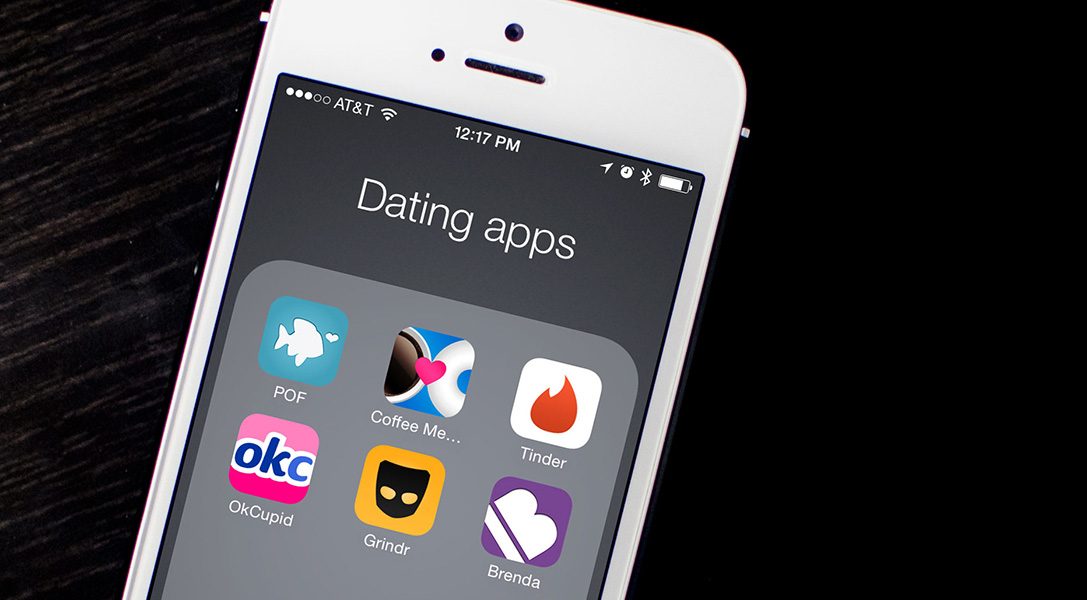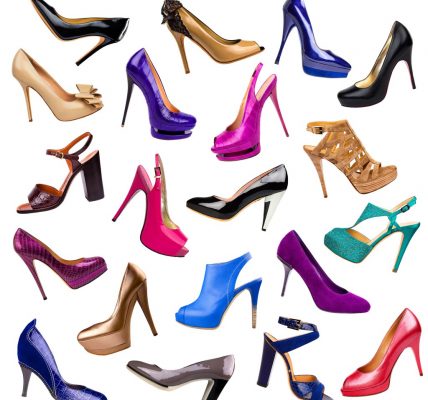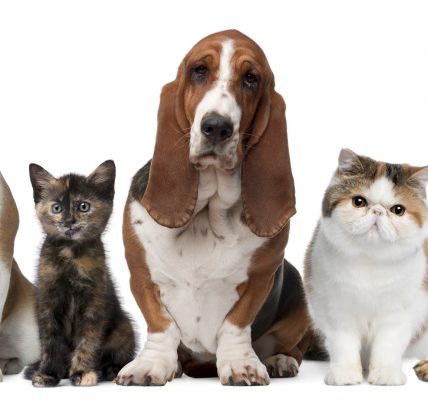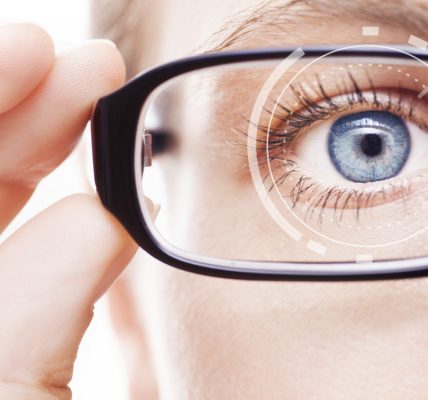Grindr: The Realities of a Social Networking App
Whether it’s a casual hookup, social networking, or a friendly conversation, the typical college scene has many social interactions taking place.
In the past, these interactions occurred face to face, creating a sense of authenticity yet restricting the size and diversity of our social circles. Over time, these restrictions decreased through online social networking and dating sites, and further dissipated through the use of proximity-based smartphone social apps.
Users of these online applications can create a profile, find and talk to other users in their geographic area, and even meet up in real life. Many of these apps cater to heterosexual casual hookups, but one particularly interesting app, Grindr, is slightly different.
Grindr is an online, proximity-based smartphone app that helps men connect with other nearby men. This broadens the gay dating and social scene and creates a community and helps curious men realize how many individuals with similar interests are nearby. Although this sounds beneficial, there is a certain stigma around Grindr that portrays it as gay men looking for casual sex, often resulting in dangerous situations and the spread of sexually transmitted infections. In order to better understand the health risks, benefits, and realities of Grindr, I did some online research and interviewed a few users.
Health Risks
- One concern about Grindr is its potential as a platform for hate crimes. By creating a fake account, an ingenuine user could lure an authentic Grindr user, one using the site for social reasons, into a dangerous situation or expose their private images. Since Grindr is attached to an identifiable account, crimes associated with the service are much lower than expected. None of my interviewees had any horror stories about Grindr, either from personal or anecdotal experiences.
- Another concern is the importance of profile pictures. The users I interviewed criticized the “superficial nature” of Grindr. One user stated, “The most important part of a profile is the picture. It determines if someone will bother to read the rest and contact you.” In the case of some users, this creates anxiety and an obsession with taking the most modelesque photo possible.
- A survey by the Center for Educational HIV Studies and Training found that 10% of men on Grindr have never had an HIV test. One third of these men continue to tell prospective partners they are HIV-negative. Grindr tries to help by providing resources for both STI testing and drug counseling, but the issue continues to persist in both the online and real world.
Benefits
- One interviewee found a significant other on Grindr, but for the most part, very few people have successful relationships. Of the three men I interviewed, they averaged three meetups, most of which remained friendly and never progressed to a romantic or sexual relationship.
- Another benefit is the lack of ambiguity. It’s easier to state your interests on an app than to determine if a man is open to being with a man and then facing the possibility of rejection.
- Grindr also helps to break down social walls. One interviewee stressed that, before Grindr, he had a lowered perception of how many gay men were around him. After using the app for a while, he felt more confident in approaching men around him.
Reality
- The most common reason people gave for creating a Grindr account? “I was curious.” The interviewees approached the app with minimal expectations and never met up with the majority of men who contacted them. For those who are using Grindr as a hook up tool, stay safe by getting regular checkups. The Tang Center has many resources accessible for STI screening.
In conclusion, stigma associated with Grindr is largely faulty. As long as users remember to think with their head, avoid meetups that seem suspicious, and maintain a realistic level of expectations, the app can lead to some interesting conversations, friendships, and a heightened understanding of the people around you.
Citations
- 10 Percent Of Men On Grindr Have Never Been Tested For HIV/AIDS, Report Finds from Huffington Post Gay Voices by TheHuffingtonPost.com, Inc <http://www.huffingtonpost.com/2013/10/02/grindr-hiv-test_n_4025569.html>
Article by Joanna Probert
Feature Image Source: HiConsumption
























